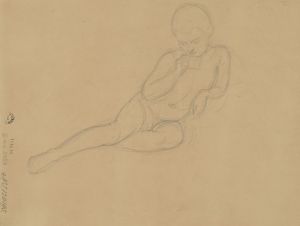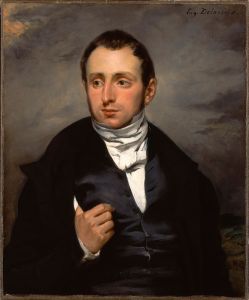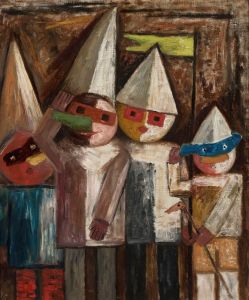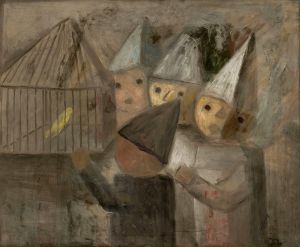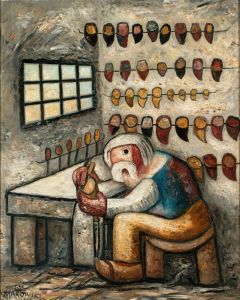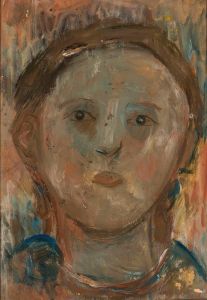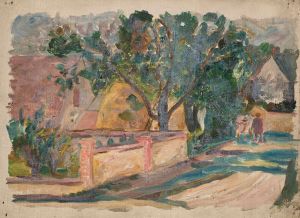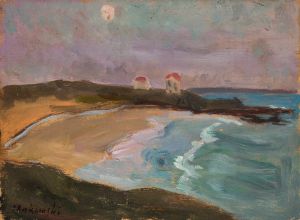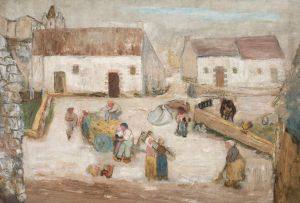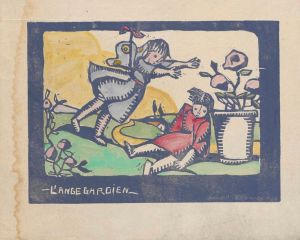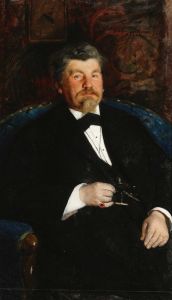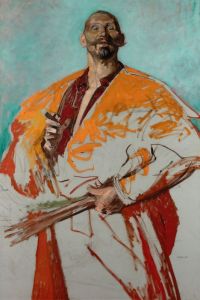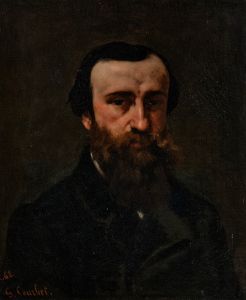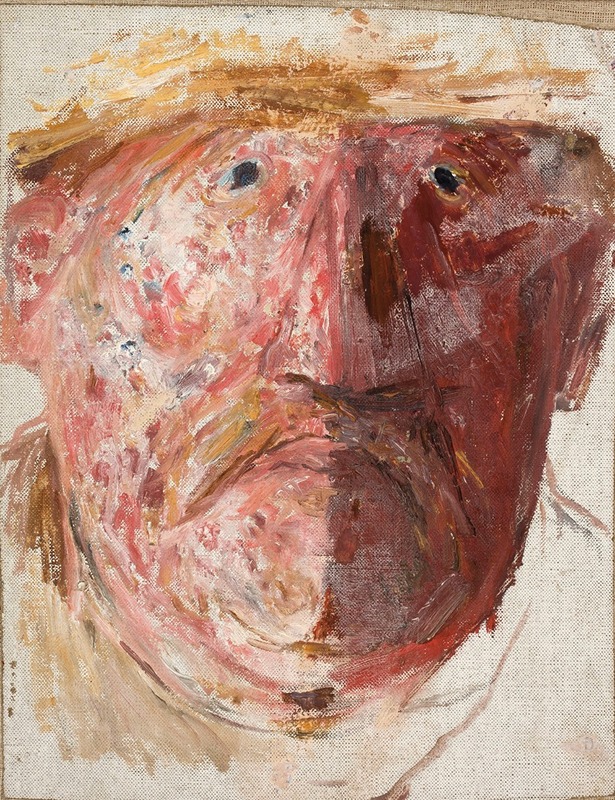
Głowa męska
A hand-painted replica of Tadeusz Makowski’s masterpiece Głowa męska, meticulously crafted by professional artists to capture the true essence of the original. Each piece is created with museum-quality canvas and rare mineral pigments, carefully painted by experienced artists with delicate brushstrokes and rich, layered colors to perfectly recreate the texture of the original artwork. Unlike machine-printed reproductions, this hand-painted version brings the painting to life, infused with the artist’s emotions and skill in every stroke. Whether for personal collection or home decoration, it instantly elevates the artistic atmosphere of any space.
Tadeusz Makowski (1882–1932) was a Polish painter associated with the École de Paris, known for his distinctive style that combined elements of modernism with folk art influences. One of his works, Głowa męska (translated as Head of a Man), exemplifies his focus on human figures and his interest in capturing the essence of his subjects through simplified forms and muted color palettes.
Makowski studied at the Academy of Fine Arts in Kraków under the guidance of prominent Polish artists such as Józef Mehoffer and Jan Stanisławski. In 1908, he moved to Paris, where he became part of the vibrant artistic community. Initially influenced by Post-Impressionism and Cubism, Makowski gradually developed his own unique style, characterized by a blend of geometric abstraction and a nostalgic, almost childlike quality in his depictions of people and everyday life.
Głowa męska is a portrait that reflects Makowski's interest in the human condition and his ability to convey emotion through simplicity. The painting features a male figure rendered with soft, rounded forms and a subdued color scheme, typical of Makowski's later works. While the identity of the subject is not documented, the piece demonstrates the artist's skill in creating a sense of intimacy and introspection. The use of light and shadow in the painting highlights the contours of the face, lending it a sculptural quality.
Makowski's works often drew inspiration from Polish folk art and the innocence of childhood, which can be seen in his preference for simplified shapes and a focus on the emotional resonance of his subjects. Although Głowa męska does not explicitly incorporate folkloric elements, it shares the same sensitivity and depth that characterize much of his oeuvre.
Today, Tadeusz Makowski is regarded as one of Poland's most significant modernist painters. His works are held in various collections, including the National Museum in Warsaw and the National Museum in Kraków. Głowa męska is an example of his ability to bridge the gap between modernist experimentation and a deeply personal, humanistic approach to art. However, specific details about the painting's creation, provenance, and current location are not widely documented.





